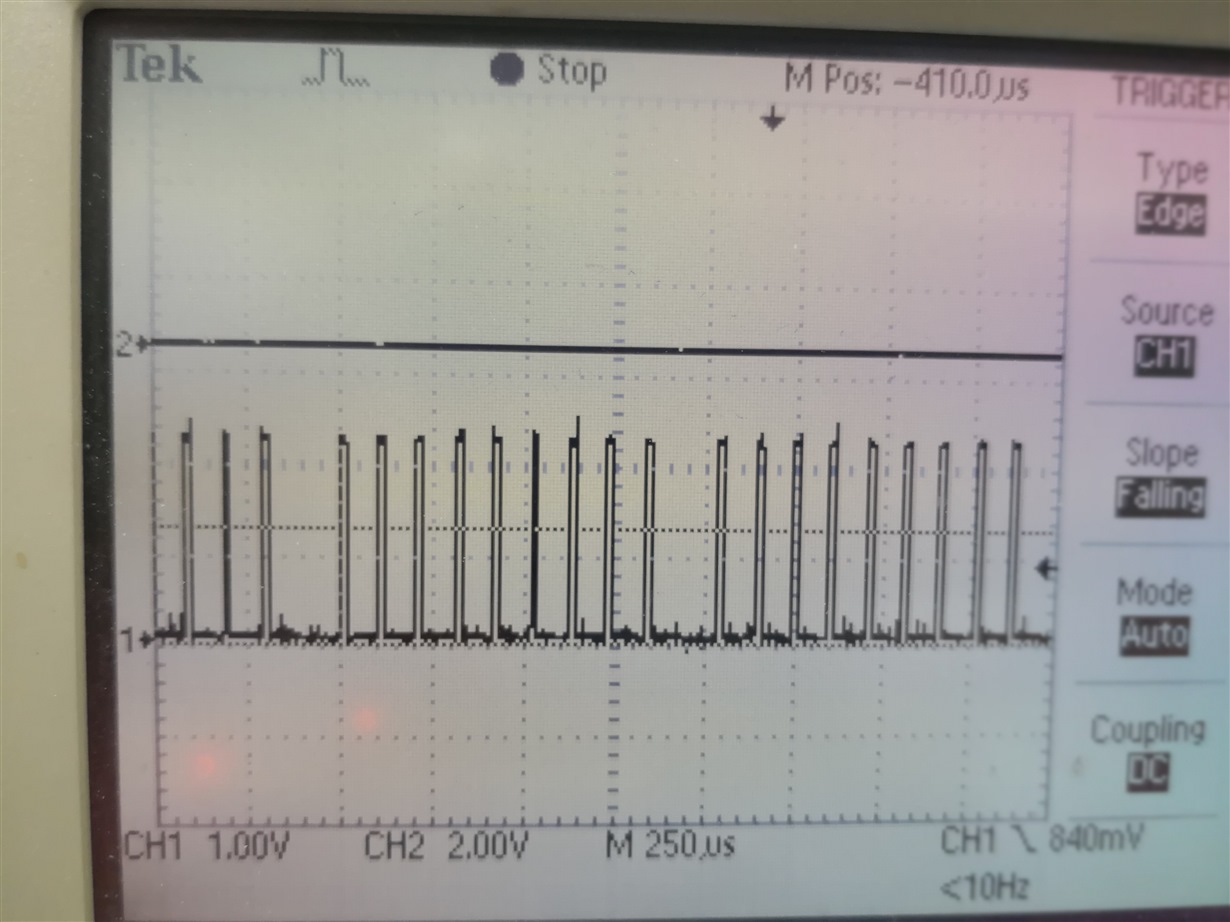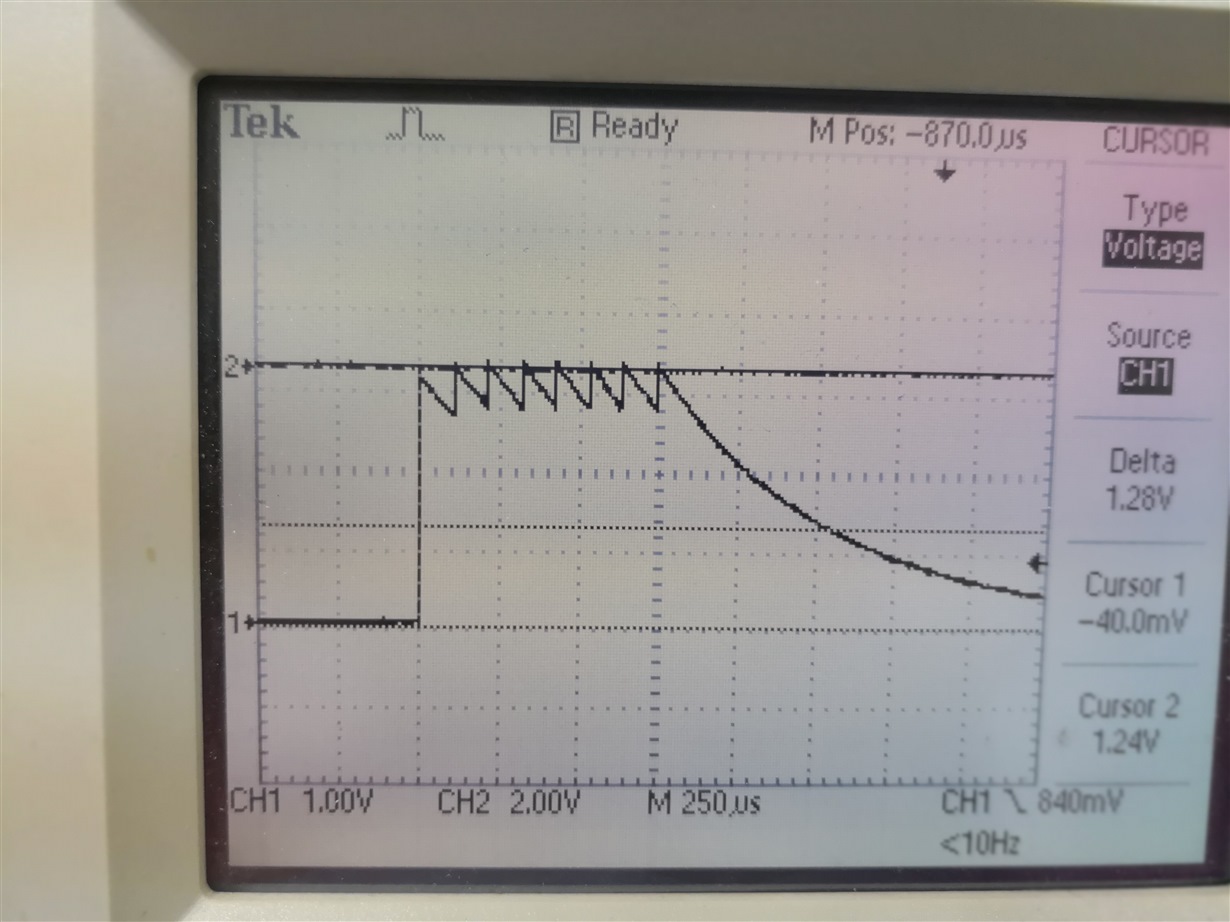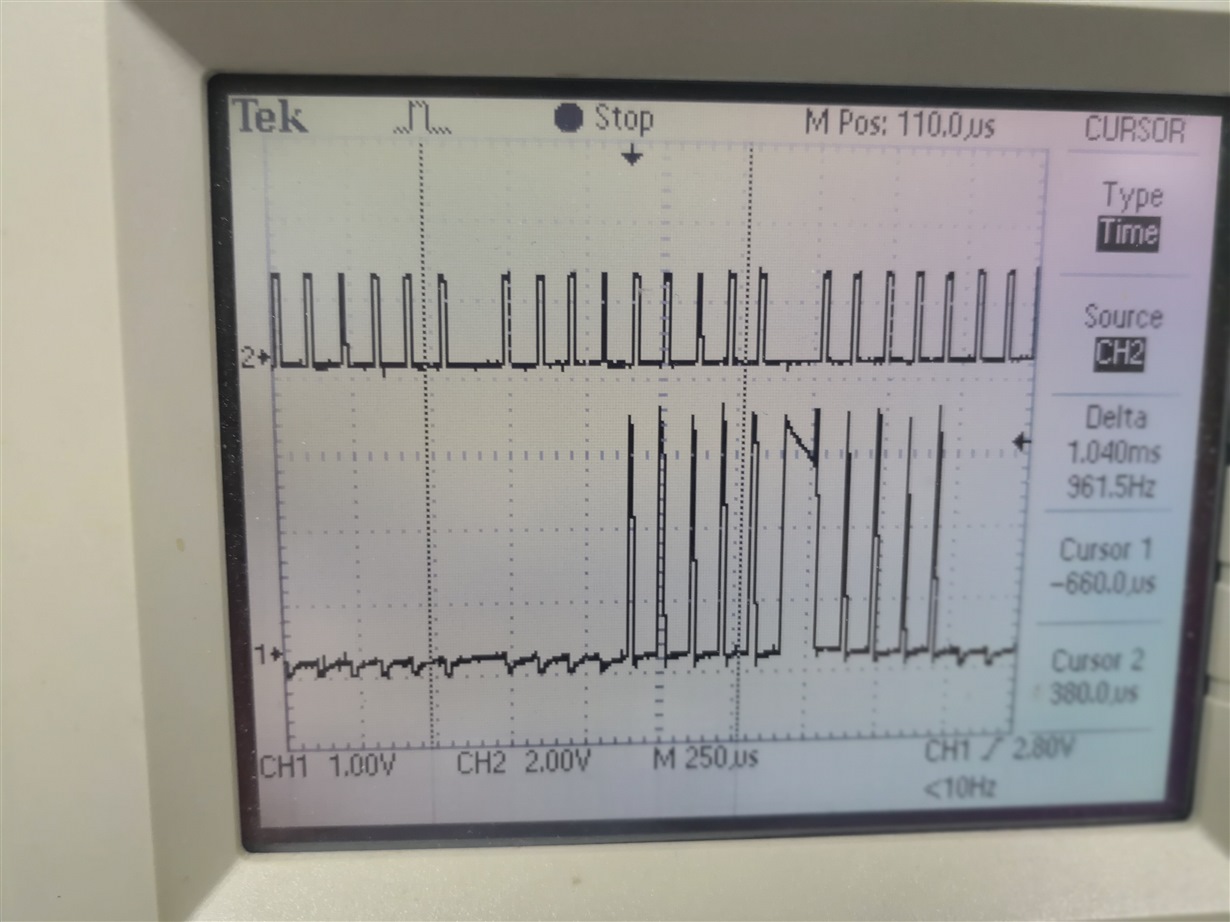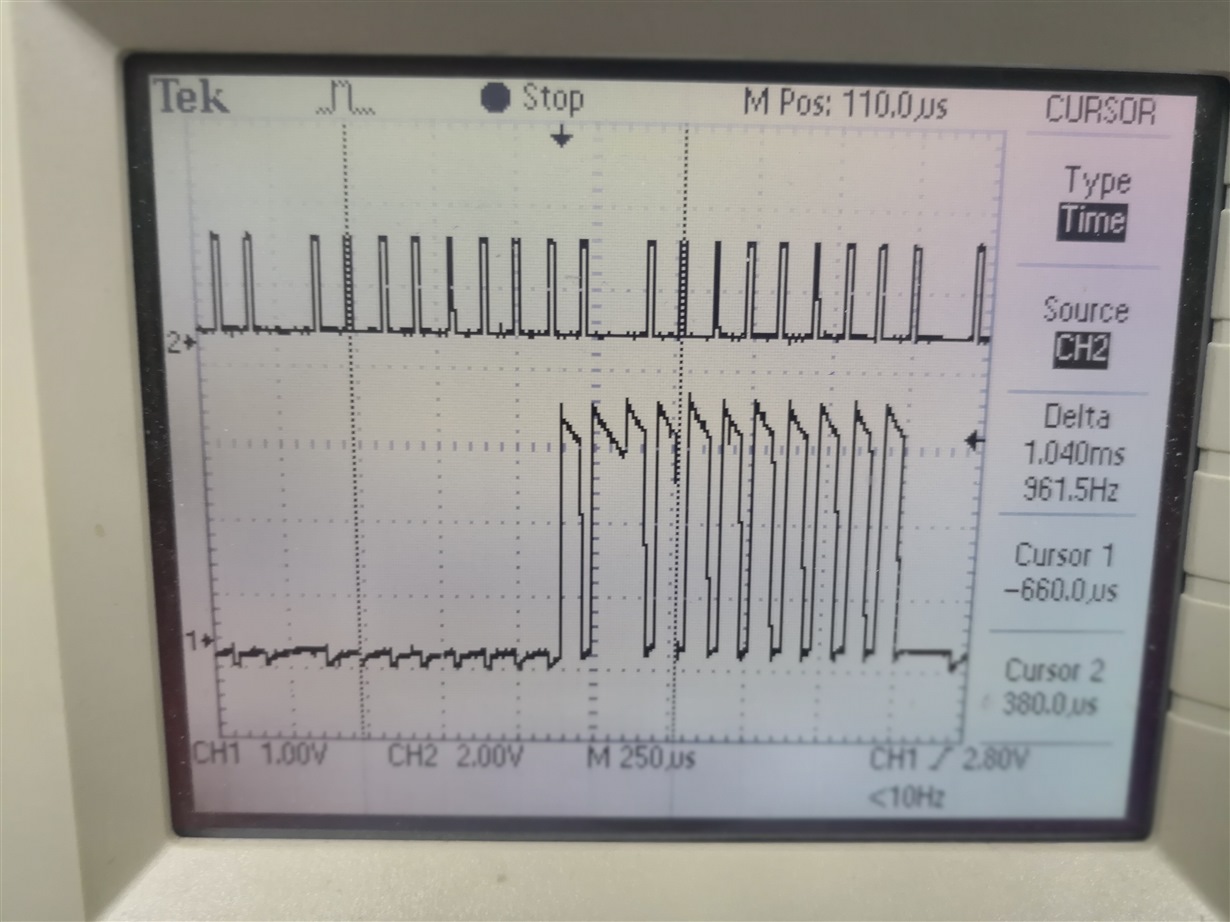Other Parts Discussed in Thread: CC1310,
Tool/software: Code Composer Studio
Dear sir,
I have two cc1310 launchpad ,and i am working on the tida-1212.
and i want to test the irda part with irled.
I have test the TX is working according to here:

now i want to test the RX part, o have several question to ask :
1) it seems that i cannot open two sensor controller studio in 1 pc, right?
2) If yes, can i made one working in offline mode?
3) Any tutorial that i can port the code into ccs? for the tutoral in scs, it only show the generated code and then no detail of working in ccs.
thanks
Jeff






